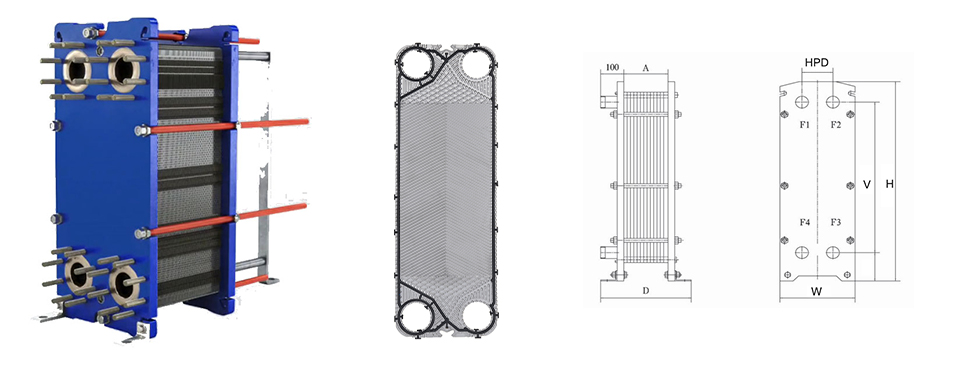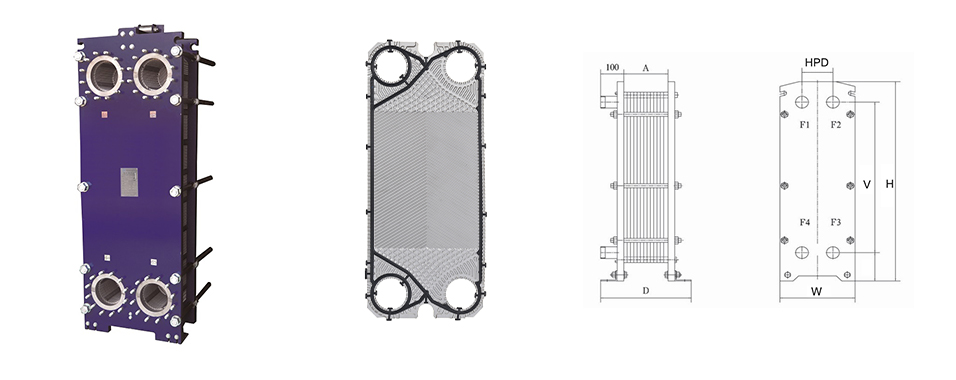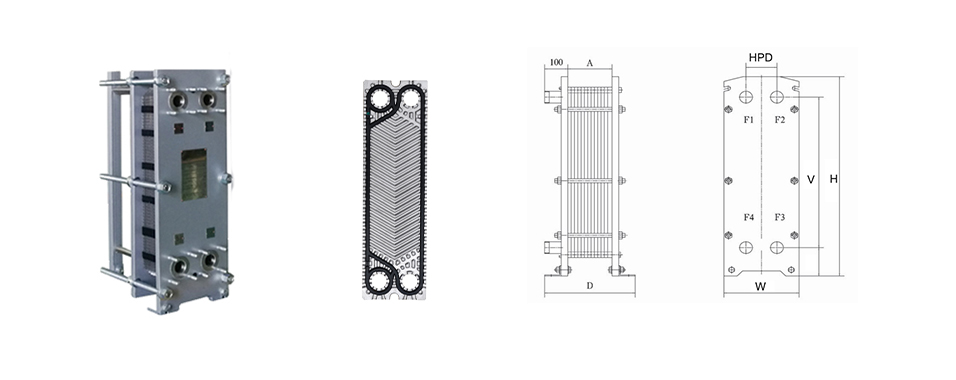Why can't industrial thermal heat exchanger be blocked according to the shape of the heat transfer surface
Industrial thermal heat exchangers are classified according to the shape and structure of the heat transfer surface.
(1) Tubular industrial thermal heat exchanger: Tubular industrial thermal heat exchanger conducts heat transfer through the wall of the tube. According to the structure of the heat transfer tube, it can be divided into tube-type heat exchange tube, sleeve-type industrial thermal heat exchanger, and snake tube. There are several types of industrial thermal heat exchangers and fin-tube industrial thermal heat exchangers. Tubular industrial thermal heat exchangers are the most widely used.
(2) Plate type industrial thermal heat exchanger: Plate type industrial thermal heat exchanger conducts heat transfer through the plate surface. According to the structure of the heat transfer plate, it can be divided into flat plate type industrial thermal heat exchanger, spiral plate type industrial thermal heat exchanger, plate fin type industrial Thermal heat exchanger and thermal plate industrial thermal heat exchanger.
(3) Special form of industrial thermal heat exchanger: This type of industrial thermal heat exchanger refers to an industrial thermal heat exchanger with a special structure designed according to the special requirements of the process, such as rotary industrial thermal heat exchanger, industrial thermal heat exchanger heat pipe Type industrial thermal heat exchanger, etc.
An industrial thermal heat exchanger is a device that transfers part of the heat of the hot fluid to the cold fluid, that is, a large airtight container is filled with water or other media, and there are pipes passing through the container to let hot water from the industrial thermal heat exchanger pipe Flow through.
Due to the temperature difference between the hot water in the pipeline and the cold and hot water in the container, heat exchange will be formed, that is, the heat balance of junior high school physics. The heat of high-temperature objects is always transferred to low-temperature objects, so the industrial thermal heat exchanger pipes The heat exchange in the water is given to the cold water in the container. The industrial thermal heat exchanger is also called the heat exchanger.
The water quality in each region is different, and the actual requirements of each industrial thermal heat exchanger project are different. Therefore, the industrial thermal heat exchanger design unit should select the specific equipment material industrial thermal heat exchanger manufacturer according to the actual situation, especially if the water quality is serious. Corrosion, the industrial thermal heat exchanger must use 316 stainless steel. The design unit and the user shall explain and request this. The manufacturer of the industrial thermal heat exchanger can customize according to the requirements. If the heat exchanger is damaged due to corrosion, please do not blame the industrial thermal heat exchanger. The supplier assumes full responsibility.
Due to the layout characteristics of the industrial thermal heat exchanger, the industrial thermal heat exchanger has a self-cleaning function, so it should not be clogged. After clogging, it will affect its self-cleaning function. Any industrial thermal heat exchanger is not easy to be clogged.
Especially the plate type industrial thermal heat exchanger (including the spiral plate), once it is blocked, it will seriously affect the heat transfer effect, and cleaning is appropriate and difficult, and the entire industrial thermal heat exchanger can be scrapped, and the blockage of the tube type industrial thermal heat exchanger will also seriously affect the heat transfer. , But tube cleaning is very convenient.








